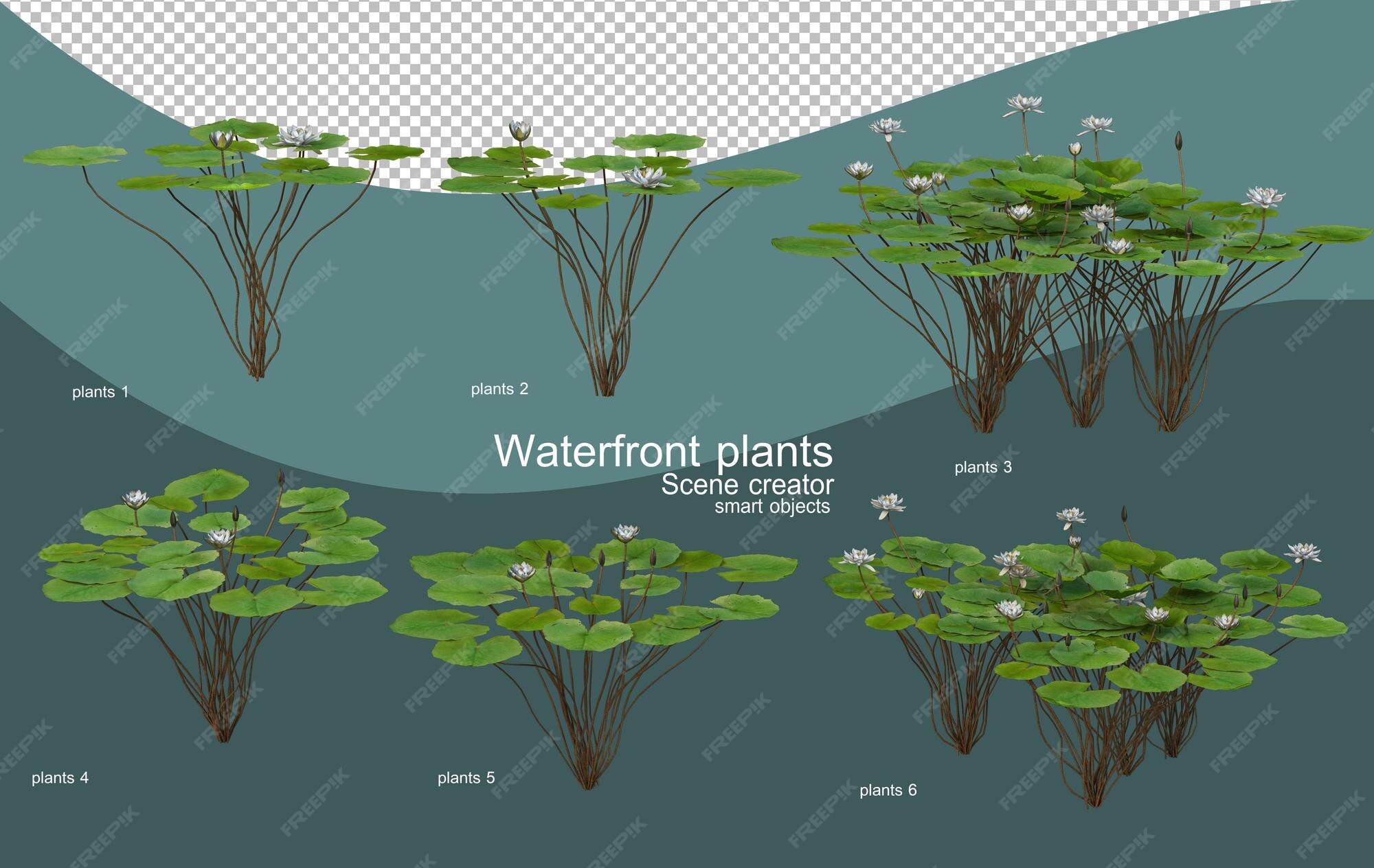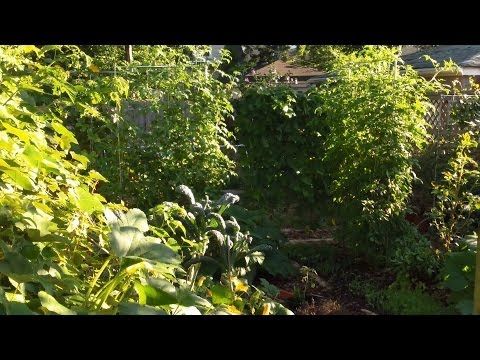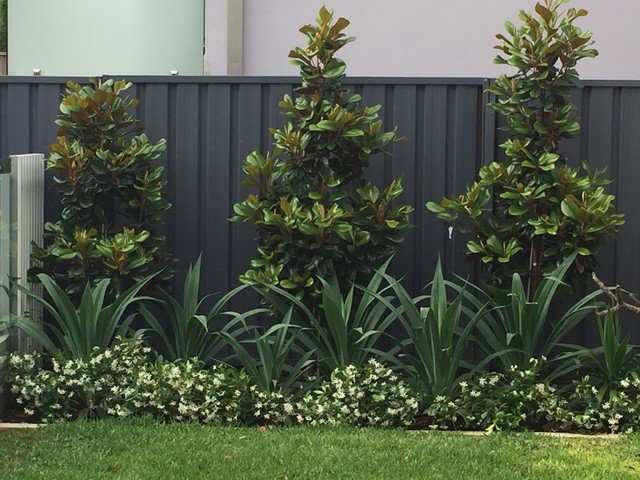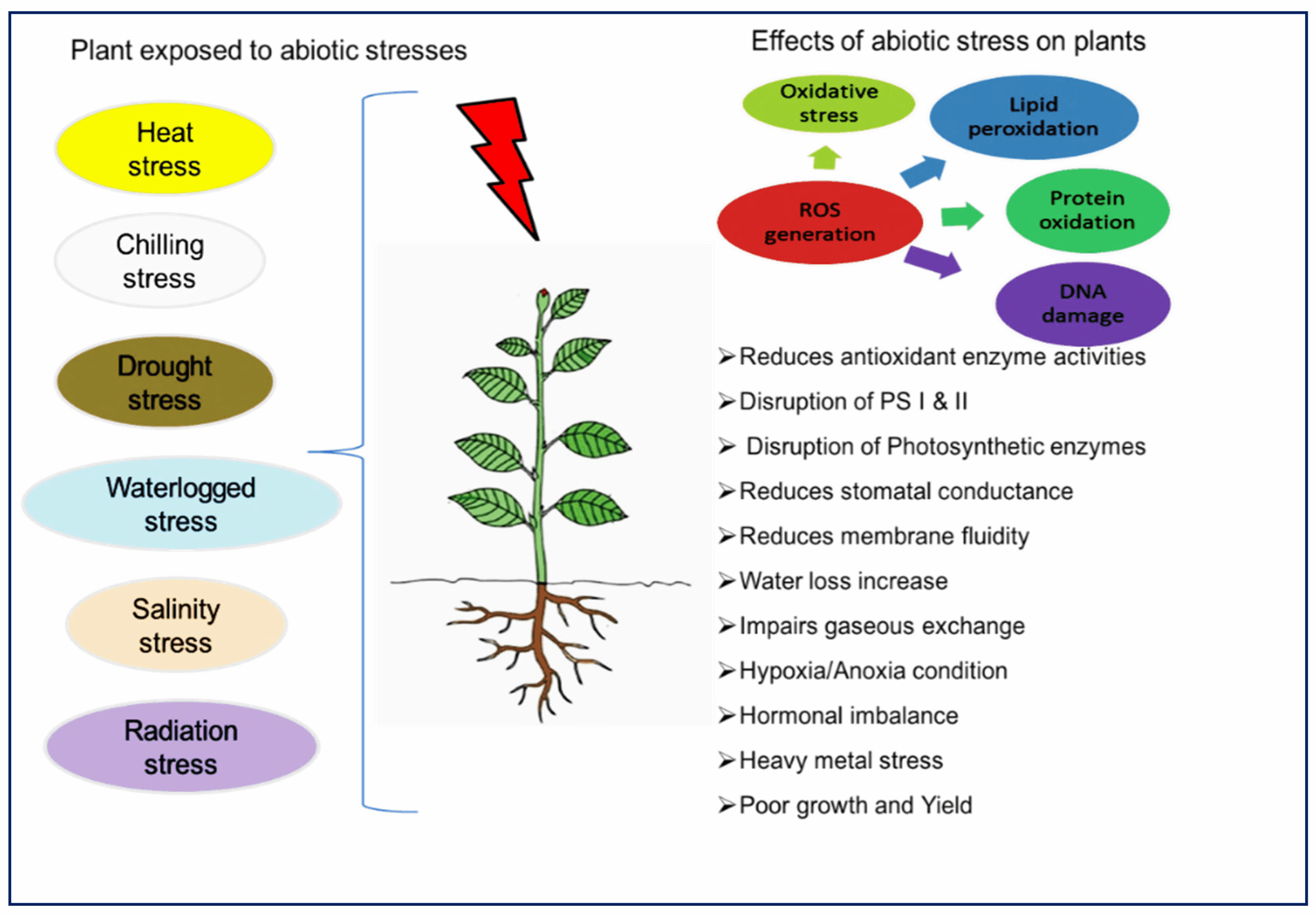Introduction: The Importance of Native Plant Propagation
Native plants are the backbone of healthy ecosystems. They’ve evolved over millennia to thrive in specific climates and soil conditions, forming intricate relationships with local wildlife, including insects, birds, and mammals. Propagating native plants is crucial for several reasons:
- Habitat Restoration: Native plants are essential for restoring degraded habitats, providing food and shelter for native animals.
- Conservation: Propagating rare and endangered species helps conserve biodiversity and prevent extinction.
- Ecosystem Services: Native plants contribute to essential ecosystem services such as pollination, water filtration, and carbon sequestration.
- Sustainable Landscaping: Using native plants in landscaping reduces the need for fertilizers, pesticides, and excessive watering, promoting environmental sustainability.
- Educational Opportunities: Propagating native plants provides valuable hands-on learning experiences about plant biology, ecology, and conservation.
This comprehensive guide explores various native plant propagation techniques, providing valuable insights and practical tips for both novice and experienced plant enthusiasts. Whether you’re a gardener, conservationist, or student, you’ll find the knowledge and skills needed to successfully propagate native plants and contribute to a healthier planet.
Understanding Native Plant Propagation
Plant propagation is the process of creating new plants from existing ones. There are two primary methods: sexual propagation (using seeds) and asexual propagation (using vegetative parts). Each method has its advantages and disadvantages, and the best approach depends on the specific plant species and desired outcome.
Sexual Propagation: Growing from Seed
Sexual propagation involves the use of seeds, which are the result of sexual reproduction in plants. This method allows for genetic diversity, which can be beneficial for adapting to changing environmental conditions. However, it can also be slower and less predictable than asexual propagation.
Seed Collection and Storage
The first step in sexual propagation is collecting seeds from healthy, mature plants. It’s important to collect seeds at the right time, which varies depending on the species. Generally, seeds should be collected when they are fully ripe but before they disperse naturally.
Proper seed storage is crucial for maintaining viability. Seeds should be cleaned to remove any pulp or debris and then dried thoroughly to prevent mold growth. Once dry, seeds can be stored in airtight containers in a cool, dark place. Some seeds benefit from stratification, a process that mimics winter conditions to break dormancy.
Seed Dormancy and Scarification
Many native plant seeds have dormancy mechanisms that prevent them from germinating immediately after dispersal. This is an adaptation to ensure that seeds germinate under favorable conditions. There are several types of dormancy, including physical dormancy (hard seed coat), physiological dormancy (chemical inhibitors), and morphological dormancy (immature embryo).
Scarification is a technique used to break physical dormancy by weakening or scarifying the seed coat. This can be achieved through various methods, such as:
- Mechanical Scarification: Using sandpaper, a file, or a knife to gently scratch the seed coat.
- Hot Water Scarification: Soaking seeds in hot water for a specific period of time.
- Acid Scarification: Soaking seeds in a diluted acid solution (used primarily for research purposes).
Stratification and Germination
Stratification is a technique used to break physiological dormancy by exposing seeds to cold, moist conditions. This mimics the natural winter conditions that many native plant seeds require for germination.
To stratify seeds, mix them with moist sand or peat moss and place them in a sealed container in the refrigerator for a specific period of time (usually a few weeks to several months). After stratification, seeds can be sown in a suitable growing medium and kept moist until germination occurs.
Germination is the process by which a seed sprouts and begins to grow. The optimal conditions for germination vary depending on the species, but generally include adequate moisture, warmth, and light. Seedlings should be monitored closely and watered regularly to prevent them from drying out.
Asexual Propagation: Cloning from Cuttings and Divisions
Asexual propagation involves the use of vegetative parts of a plant, such as stems, leaves, or roots, to create new plants. This method results in genetically identical copies of the parent plant, which can be advantageous for preserving desirable traits. Asexual propagation is often faster and more reliable than sexual propagation, especially for plants that are difficult to propagate from seed.
Stem Cuttings
Stem cuttings are a common method of asexual propagation. This involves taking a section of stem from a healthy plant and rooting it in a suitable growing medium. There are several types of stem cuttings, including:
- Softwood Cuttings: Taken from new growth in the spring or early summer.
- Semi-hardwood Cuttings: Taken from partially mature growth in the late summer or early fall.
- Hardwood Cuttings: Taken from dormant growth in the late fall or winter.
To prepare a stem cutting, select a healthy stem and cut it into sections, each with several nodes (points where leaves emerge). Remove the lower leaves and dip the cut end in rooting hormone to promote root development. Insert the cutting into a moist growing medium, such as perlite or vermiculite, and keep it humid until roots form.
Leaf Cuttings
Leaf cuttings involve using a leaf or a portion of a leaf to create a new plant. This method is commonly used for succulents and other plants with fleshy leaves.
To prepare a leaf cutting, detach a healthy leaf from the parent plant and allow the cut end to callus over for a few days. Then, insert the cut end into a moist growing medium or lay the leaf flat on the surface of the medium. Keep the medium humid until roots and new shoots develop.
Root Cuttings
Root cuttings involve using sections of roots to create new plants. This method is suitable for plants that readily produce suckers or have thick, fleshy roots.
To prepare a root cutting, dig up a portion of the root system and cut it into sections, each several inches long. Place the cuttings horizontally in a moist growing medium, covering them lightly with soil. Keep the medium humid until new shoots emerge.
Division
Division is a simple method of asexual propagation that involves separating a plant into two or more pieces, each with its own roots and shoots. This method is commonly used for herbaceous perennials and other plants that form clumps or offsets.
To divide a plant, carefully dig it up and use a sharp knife or spade to separate the root ball into sections. Each section should have a healthy root system and several shoots. Replant the divisions in separate locations and water them thoroughly.
Layering
Layering is a method of asexual propagation that involves rooting a stem while it is still attached to the parent plant. This method is suitable for plants with flexible stems that can be bent to the ground.
There are several types of layering, including:
- Simple Layering: Bending a stem to the ground and covering a portion of it with soil.
- Tip Layering: Burying the tip of a stem in the ground.
- Air Layering: Wrapping a stem with moist sphagnum moss and plastic wrap to encourage root formation.
Once roots have formed on the layered stem, it can be separated from the parent plant and transplanted to a new location.
Grafting and Budding
Grafting and budding are advanced techniques of asexual propagation that involve joining two plants together so that they grow as one. This method is commonly used for fruit trees and other woody plants.
Grafting involves joining a scion (a piece of stem from the desired plant) to a rootstock (the root system of another plant). Budding involves inserting a bud from the desired plant into the bark of the rootstock.
The success of grafting and budding depends on the compatibility of the scion and rootstock, as well as the skill of the propagator.
Specific Techniques for Common Native Plants
The best propagation technique depends on the specific plant species. Here are some specific techniques for common native plants:
Milkweed (Asclepias spp.)
Milkweed is a crucial plant for monarch butterflies, as it is the only food source for their larvae. Milkweed can be propagated from seed or root cuttings.
- Seed Propagation: Milkweed seeds require stratification for optimal germination. Sow seeds in the fall or stratify them in the refrigerator for several weeks before sowing in the spring.
- Root Cuttings: Take root cuttings in the late fall or early spring. Place the cuttings horizontally in a moist growing medium and keep them warm until new shoots emerge.
Coneflower (Echinacea spp.)
Coneflowers are popular wildflowers that attract pollinators and provide seeds for birds. They can be propagated from seed or division.
- Seed Propagation: Coneflower seeds benefit from stratification. Sow seeds in the fall or stratify them in the refrigerator for several weeks before sowing in the spring.
- Division: Divide coneflowers in the spring or fall. Carefully dig up the plant and separate the root ball into sections, each with its own roots and shoots.
Goldenrod (Solidago spp.)
Goldenrod is a late-blooming wildflower that provides valuable nectar for pollinators. It can be propagated from seed or division.
- Seed Propagation: Goldenrod seeds do not require stratification. Sow seeds in the spring or fall.
- Division: Divide goldenrod in the spring or fall. Carefully dig up the plant and separate the root ball into sections, each with its own roots and shoots.
Serviceberry (Amelanchier spp.)
Serviceberries are small trees or shrubs that provide beautiful spring flowers, edible berries, and fall color. They can be propagated from seed, cuttings, or layering.
- Seed Propagation: Serviceberry seeds require double stratification (warm-cold-warm) for optimal germination. This involves exposing seeds to warm, moist conditions for several months, followed by cold, moist conditions for several months, and then warm, moist conditions again.
- Cuttings: Take softwood cuttings in the spring or semi-hardwood cuttings in the late summer.
- Layering: Layer serviceberry branches in the spring.
Oak (Quercus spp.)
Oaks are majestic trees that provide habitat and food for a wide variety of wildlife. They can be propagated from seed (acorns).
- Seed Propagation: Acorns should be collected in the fall as soon as they drop from the tree. Plant them immediately or store them in the refrigerator in a moist container. Acorns do not require stratification.
Creating the Ideal Propagation Environment
Creating the right environment is essential for successful native plant propagation. This includes providing adequate light, moisture, temperature, and ventilation.
Light
Most native plant seedlings require bright, indirect light. Avoid exposing seedlings to direct sunlight, which can scorch their leaves. If you are propagating plants indoors, use grow lights to provide adequate illumination.
Moisture
Keep the growing medium consistently moist but not waterlogged. Overwatering can lead to root rot, while underwatering can cause seedlings to dry out. Use a spray bottle to mist seedlings regularly.
Temperature
Maintain a consistent temperature that is optimal for germination and growth. Most native plant seeds germinate best at temperatures between 65°F and 75°F (18°C and 24°C). Seedlings should be kept at a slightly cooler temperature.
Ventilation
Provide adequate ventilation to prevent fungal diseases. Use a fan to circulate air around seedlings. Avoid overcrowding seedlings, which can increase humidity and promote disease.
Troubleshooting Common Propagation Problems
Even with the best techniques, propagation problems can arise. Here are some common problems and their solutions:
- Seed Germination Failure: This can be caused by several factors, including poor seed quality, improper stratification, and inadequate moisture. Ensure that you are using fresh, viable seeds and that you are providing the correct conditions for germination.
- Root Rot: This is caused by overwatering and poor drainage. Use a well-draining growing medium and avoid overwatering.
- Damping Off: This is a fungal disease that causes seedlings to collapse and die. Provide adequate ventilation and avoid overcrowding seedlings.
- Pests and Diseases: Monitor seedlings regularly for pests and diseases. Use organic pest control methods to prevent infestations.
Resources for Further Learning
There are many resources available for further learning about native plant propagation. Here are a few suggestions:
- Native Plant Societies: Join your local native plant society to connect with other enthusiasts and learn about native plants in your area.
- University Extension Services: Contact your local university extension service for information on native plant propagation and gardening.
- Books and Websites: Consult books and websites dedicated to native plant propagation.
- Workshops and Classes: Attend workshops and classes on native plant propagation.
The Ethical Considerations of Native Plant Propagation
When propagating native plants, it’s crucial to consider the ethical implications. Here are some key considerations:
- Source Ethically: Always collect seeds or cuttings from reputable sources that practice sustainable harvesting methods. Avoid collecting from rare or endangered populations.
- Avoid Hybridization: Be mindful of the potential for hybridization when collecting seeds from plants growing near non-native species. Hybridization can dilute the genetic integrity of native populations.
- Maintain Genetic Diversity: Collect seeds from a wide range of plants to maintain genetic diversity within the propagated population.
- Label Accurately: Clearly label all propagated plants with their scientific name, common name, and source information.
- Promote Native Plant Use: Encourage others to use native plants in their gardens and landscapes to support biodiversity and ecosystem health.
Advanced Techniques and Considerations
For those looking to delve deeper into native plant propagation, several advanced techniques and considerations can enhance success and contribute to conservation efforts.
Mycorrhizal Inoculation
Mycorrhizae are symbiotic fungi that form associations with plant roots, enhancing nutrient and water uptake. Inoculating native plant seedlings with mycorrhizal fungi can significantly improve their growth and survival, particularly in poor soils. This is especially important for plants being used in restoration projects.
Understanding Local Ecotypes
Ecotypes are genetically distinct populations within a species that have adapted to specific local conditions. Propagating plants from local ecotypes ensures that they are well-suited to the local climate, soil, and other environmental factors. This can improve their long-term survival and ecological function.
Micropropagation (Tissue Culture)
Micropropagation, also known as tissue culture, is a technique that involves propagating plants from small pieces of tissue in a sterile laboratory environment. This method allows for the rapid multiplication of plants, particularly those that are difficult to propagate by other means. It’s often used for rare and endangered species.
Seed Banking
Seed banking is the practice of collecting and storing seeds for long-term conservation. Seed banks play a crucial role in preserving genetic diversity and ensuring the availability of seeds for future restoration and research efforts. Proper seed storage conditions are essential for maintaining viability.
Citizen Science Initiatives
Participating in citizen science initiatives can contribute valuable data to native plant research and conservation. These initiatives often involve monitoring plant populations, collecting seeds, and propagating plants for restoration projects. Citizen scientists play a vital role in expanding our knowledge of native plants and their ecology.
Conclusion: Embracing the Art and Science of Native Plant Propagation
Native plant propagation is both an art and a science. It requires knowledge of plant biology, ecology, and propagation techniques, as well as patience, observation, and a deep appreciation for the natural world. By mastering these techniques, you can contribute to the conservation of native plants, the restoration of degraded habitats, and the creation of more sustainable and resilient ecosystems.
Whether you’re a beginner or an experienced gardener, there’s always something new to learn about native plant propagation. Embrace the journey, experiment with different techniques, and share your knowledge with others. Together, we can make a difference in preserving the beauty and biodiversity of our native plant heritage.



